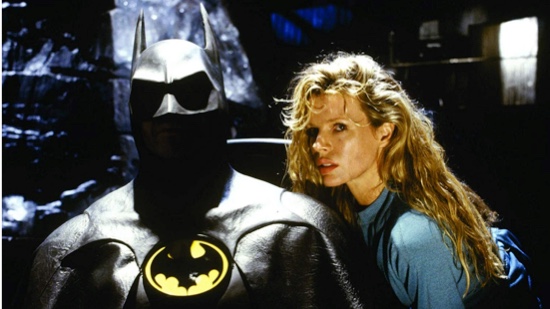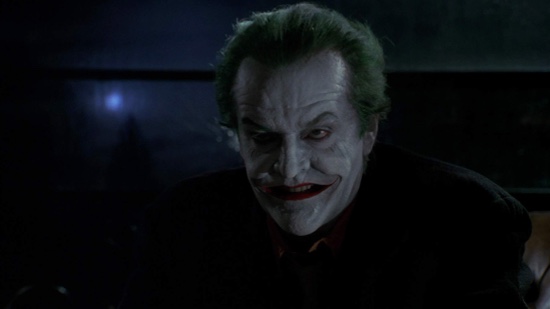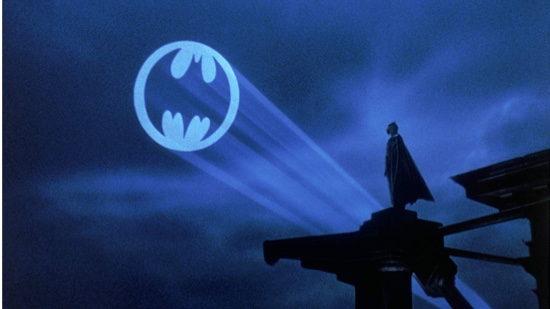Autumn Classics: Batman (1989)
30 years ago, Tim Burton set the Caped Crusader’s tone for a generation.

As the sun lies lower and the sound of the wind in the leaves makes you feel as if you’re being followed, many movie lovers feel the urge to revisit the spooky, macabre and melancholy films that evoke the feeling of autumn. Ken Lowe will be remembering four of these Autumn Classics this October. You can read last year’s picks here.
I don’t think I’m the only one who associates Batman with the colder and darker parts of the year. Gotham isn’t a city that’s typically depicted in the midst of a heat wave—it’s all dark colors, shadows and, in a lot of depictions, gangsters dressed to the nines in hats and creases and hems and trench coats that give you the impression it’s crisp outside. It probably also has a lot to do with Tim Burton’s Batman, the movie it feels as if Warner Brothers is still chasing 30 years later.

Superhero movies were by no means a surefire success in 1989, but in looking back, the current dominance of the genre stems from Burton’s gothic/Expressionist action movie. The Superman series had fizzled out with 1987’s abysmal Superman IV: The Quest for Peace. A comic book movie was a risk, said producer Michael Uslan in an interview about his efforts to make the movie that he wanted, which “was the dark and serious Batman, the Batman created in 1939 by Bob Kane and Bill Finger as the creature of the night stalking deeply disturbed criminals from the shadows. I said … if I can show the world a different version of it … it would almost be a new form of entertainment.”
Uslan said when he began trying to realize the project, he met with a studio system convinced that the only viable superhero was Superman, and dismissive of the idea of a Batman movie in the wake of the ’60s TV series starring Adam West. Uslan was able to secure the rights in 1979. What followed was a decade of failed attempts to shop the concept to major studios and a number of abortive scripts. At one point, Ivan Reitman was trying to get the movie made with Bill Murray as Batman, proof positive that we can’t possibly be living in the best timeline.
As the ’80s wore on, the ground finally shifted under the production. Frank Miller’s The Dark Knight Returns reimagined Batman as a grim shit-kicker in 1986, to resounding success. Warner Brothers had by then hired Tim Burton to direct, whose skewed Expressionist sensibility gelled with the story of the Joker, a character basically birthed by Expressionism.
Those paying attention during the internet chatter surrounding the casting decisions of, say, Christopher Nolan’s The Dark Knight or the current incredulity surrounding news that Robert Pattinson will be the next to wear the batsuit will probably be amused to learn that there were concerns about Michael Keaton taking on the role.

-

-

-

-

-

-

-

-

-

-

-

-

-

-

-

-

-

-

-

-

-

-

-

-

-

-

-

-

-

-

-

-

-

-

-

-

-

-

-

-









































